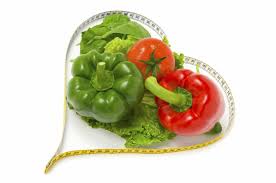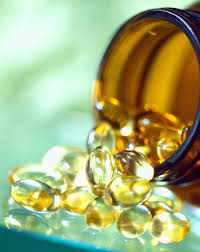
Obesity is no longer something that hides in the fog, waiting to be discussed over quiet dinners in shadowy corners. More than 26 percent of Americans are obese, with an additional 40 percent considered overweight, and the numbers have yet to level off. The latest research, published in the journal Health Affairs and presented at the Centers for Disease Control and Prevention’s Weight of the Nation conference in
In 1998, obesity-related conditions accounted for roughly 6.5 percent of all medical spending. In 2008 those numbers exceeded nine percent, demonstrating close to a three percent gain. Not only is obesity dangerous for health, but research is demonstrating its great expense. The research published in Health Affairs showed that obese individuals spend roughly $1,400 more each year on medical expenses than individuals who are of normal weight. The overall nationwide numbers are $147 billion, nearly double the rate 1998.
And here is the really disturbing part: of that $147 billion, the costs reflect only the costs necessary to care for diabetes, heart disease, and other ailments which plague individuals who are overweight and obese. The $147 billion figure does not factor in such procedures as tummy tucks, stomach stapling, liposuction, weight-loss pills and supplements and the hundreds of other ways individuals spend their money endeavoring to find ways to lose weight. The bottom line is that obesity is costing the nation more than just their health: it is costing them their life savings.
The Study
A recent study was performed by the non-profit research group called RTI International. Their lead economist Eric Finklestein had a very blunt statement to give lawmakers in regards to the health care system: “Unless you address obesity, you're never going to address rising health care costs.”
Economists have been warning for years that obesity was a driving force behind rising health spending, but it has taken close to a decade for individuals to realize that the theories and warnings were true. And while diabetes, for example, costs $190 billion a year to treat, excess weight is the single greatest risk factor for developing diabetes. Not to mention that obese individuals suffering from diabetes are also the most difficult to treat, due to their higher risk of complications, such as foot ulcers and amputations.
30 percent – one third of the entire nation are obese. And this study did not even take into account individuals who are simply overweight, but not yet obese-this is adds another 40 percent to the already bleak picture.
The Cause
There are a wide variety of factors that contribute to the rising numbers in obesity across the nation. America has largely become a sedentary nation. Almost everyone has a car that they drive to work and/or sit at a desk for at least eight hours a day. With little time to prepare healthy meals, they subsist on a diet of quick snacks packed with preservatives and additives, such as meal bars and fast food. It is estimated that over 60% of Americans are regularly active at a gym, but the problem is that they are compensating for the workout by treating themselves to a latte or a muffin.
Obesity is considered to be a preventable cause of death. It is estimated that only 6% of all obesity cases are a result of genetics. The other 94% of individuals suffering from obesity are obese simply because they have chosen to pursue a sedentary lifestyle with unhealthy food choices.
Interestingly enough, the widespread availability of nutritional guidelines has done little to stem the tide of overheating and poor dietary choice. For example, from 1971 to 2000 the rates of obesity in the United States alone increased from 14.5 percent to 30.9 percent.
It is not completely a food issue, however. Sedentary lifestyles also play a significant role in the obesity epidemic, with a worldwide shift towards work that is less physically demanding than it was even half a century ago. Where children used to spend hours in physical activity, they are now sitting inside playing on their computers, their PlayStations, and their Wiis. Recreational sports requiring physical activity have dropped dramatically around the world as television and computer games have come to replace the physical activities of old.
Still, if you truly desire to be in good shape and not part of the problem that is contributing to the hundreds of billions of dollars spent on wasted healthcare, then taking the steps to become healthy is quite simple. Eat the right type of food, exercise regularly, and stop living your life focused upon the television and computer screen. Take control of your life, or you may find yourself winding up as a statistic.











